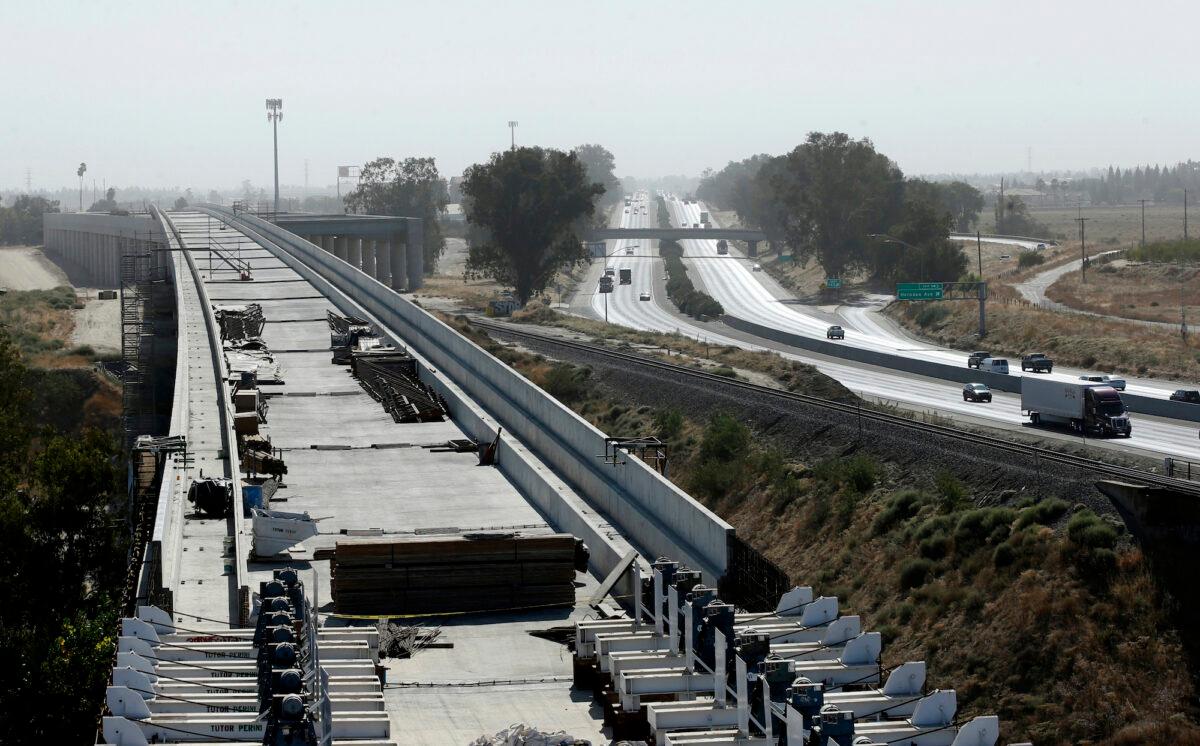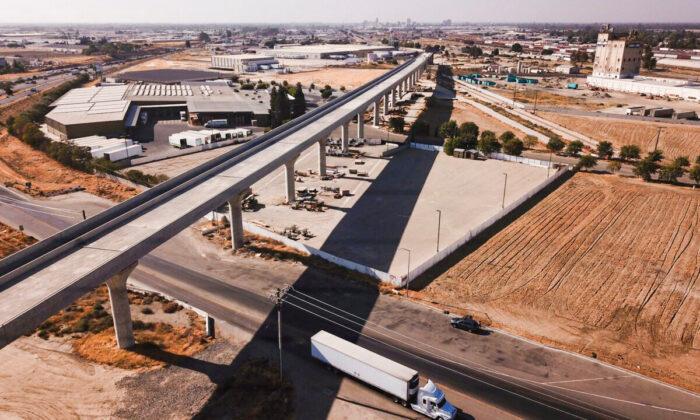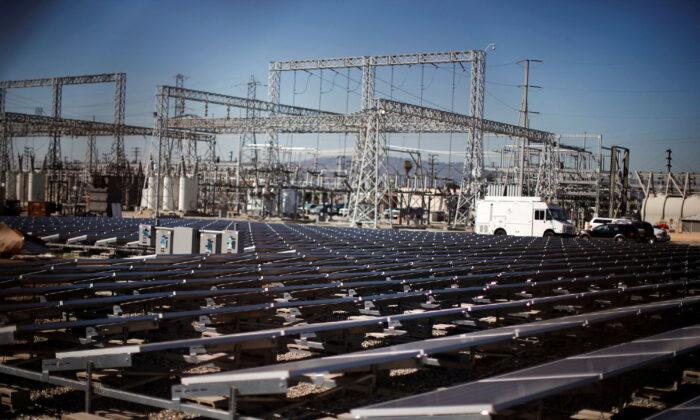I’ll give California’s high-speed rail project one thing. For 14 years, it’s given me something to write about as an example of government waste.
From the beginning, when it was advanced as Proposition 1A in 2008, I have pointed out it existed only to spend billions, never to get near completion. The original cost was pegged at only $40 billion for the whole shebang, with $10 billion coming from the Prop. 1A bond, itself bankrolled from the state’s general fund.
The most significant development since the 2020 Business Plan is the re-emergence of the federal government as a funding partner to build the right kind of transportation infrastructure in this era of climate change. The end of 2021 saw the enactment of the “Bipartisan Infrastructure Law,” and this year, Congress will consider the “Build Back Better” bill, both of which provide billions of dollars in federal funding for passenger rail projects, including high-speed rail. In addition, in the first year of the Biden Administration, the Authority received nearly a billion dollars back to the program that the previous [Trump] administration proposed to rescind, and in November 2021, we received a federal RAISE grant of $24 million to advance construction in the City of Wasco.That means the project is on life support from the federal government.
And note they didn’t mention President Trump’s actual name. Nor do they explain why he canceled the nearly $1 billion. It was because, as the Federal Railroad Administration announced in May 2019, the project “repeatedly failed to comply” with its agreement for the money under the Obama administration, “failed to make reasonable progress on the project” and had “abandoned its original vision of a high-speed passenger rail service connecting San Francisco and Los Angeles, which was essential to its applications for FRA grant funding.”

All those benefiting from the train-construction largesse—the contractors, the unions, the politicians—won’t give up on the project so long as the federal spigot is open. Of course, it helps that House Speaker Nancy Pelosi hails from the Bay Area, which is going to get the lion’s share of the new construction.
Promises, Promises
All this is a far cry from the promises made in 2008 by then-Gov. Arnold Schwarzenegger and others promoting the project. The ballot language voters read stipulated, “Establishes a clean, efficient 220 MPH transportation system … to establish high-speed train service linking Southern California counties, the Sacramento/San Joaquin Valley, and the San Francisco Bay Area.”- Deliver a two-track initial operating segment connecting Merced, Fresno and Bakersfield;
- Invest statewide to advance engineering and design work as every project section is environmentally cleared;
- Make targeted statewide investments in shared corridors that provide immediate benefits to existing operators and prepare these corridors for statewide high-speed rail service; and
- Advance a longer-term funding strategy to extend high-speed rail beyond the Central Valley as soon as possible.
Newsom Flip-Flop
The new plan also notes Gov. Gavin Newsom’s proposed budget for fiscal year 2022-23, which begins on July 1, advances $15 billion for infrastructure, including for the high-speed rail. How things have changed from three years ago, when the state enjoyed no massive surpluses.Of course, all that new Biden administration deficit spending is a major reason we’re now suffering the 7 percent inflation. As the economists say, there’s too much money chasing too few goods.
Eventually, the party has to end. The Federal Reserve has to “remove the punch bowl” by cutting back on money creation and by raising interest rates, something it’s already started doing. Everybody knows the Fed won’t let the U.S. dollar fall into hyperinflation like the currencies of Zimbabwe and Venezuela.
A recession could hit. If that happens, as I’ve been warning in these pages, Silicon Valley’s profits could dry up, and along with them all those splendid state budget surpluses. The $40 billion deficits of previous recessions could return.
Then everyone will wish all those billions wasted on the high-speed rail were still available for education, health care, roads, and other programs that actually help Californians.





